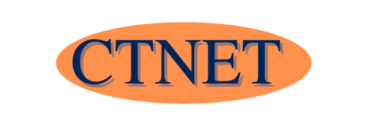In this article, we will introduce Boolean algebra, a key concept in computing. British mathematician George Boole first introduced it in a book on mathematics.
Boolean Algebra’s output is either True or False. This can easily be represented by one binary digit or bit, with 1 representing a True value and 0 representing a false value. This is the key difference between Boolean Algebra and other types of Algebra, which can result in any value.
In 1938, Claude Shannon was a master’s student at the Massachusetts Institute of Technology when he realized that electronic circuits could be built to process Boolean logic.
Boolean Truth table
Before I introduce you to the three basic Boolean operators, I want to introduce you to the concept of the Boolean truth table. It is a good way of showing what input values for a specific operator will output. It contains an example of each possible input and what the resulting output will be.
Basic Boolean operators
In this guide, I’ll explain the three core operators in Boolean Algebra, though there are others that are normally a combination of these three basic operators.
Or Operator
| Input 1 | Input 2 | Output value |
|---|---|---|
| False | False | False |
| True | False | True |
| False | True | True |
| True | True | True |
As you can see in the logic table above, the Boolean Or operator has two inputs, which are evaluated. If either of those inputs is true, the output is true. If both inputs are false, the output will also be false.
And Operator
| Input 1 | Input 2 | Output value |
|---|---|---|
| False | False | False |
| True | False | False |
| False | True | False |
| True | True | True |
The And operator can only ever return a true value if the value of both inputs is true; any other input condition will result in a false value.
Not Operator
| Input 1 | Output value |
|---|---|
| False | Trure |
| True | False |
The Not operator reverses the value of the input so False will become True and True will become False.
Conclusion
After reading this introductory guide, you should understand Boolean algebra and its three core operators.
If you have any further questions, please leave them in the comments section.
